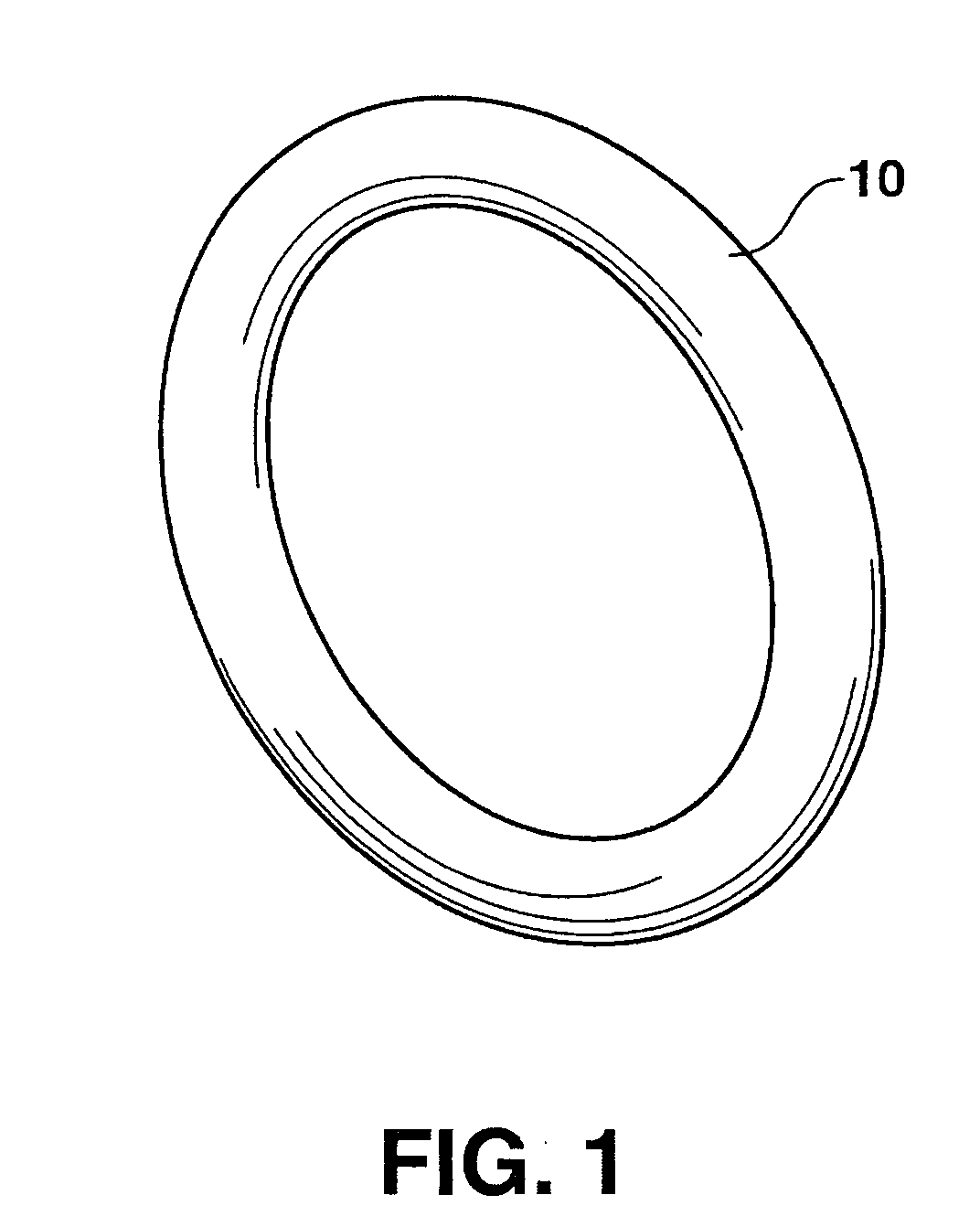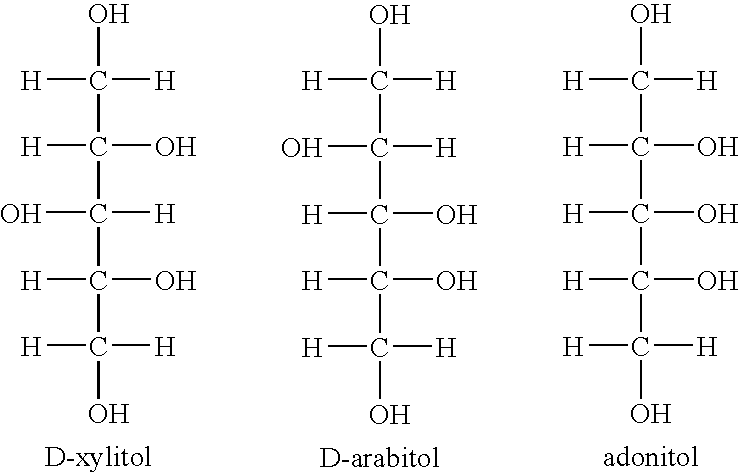Degradable therapeutic delivery device
- Summary
- Abstract
- Description
- Claims
- Application Information
AI Technical Summary
Benefits of technology
Problems solved by technology
Method used
Image
Examples
example no.1
EXAMPLE NO. 1
[0061] In this example, a biodegradable polymer was synthesized via polycondensation of 0.15 mol each of glycerol and sebacic acid. To begin the reaction, the sebacic acid was placed into a 3-neck flask that was held in a silicone oil bath at 135° C. until the acid melted, at which point the glycerol was added to the flask. The reaction mixture was maintained at this temperature and stirred under a flow of nitrogen for 20 hours. Then the contents of the flask were transferred to a cylindrical metal container and placed in a vacuum oven at 135° C. and −95 kPa for 30 hours to remove the water produced by the reaction and drive it to completion. The resulting material was translucent to transparent, slightly yellowish in color and was flexible and elastic.
example no.2
EXAMPLE NO. 2
[0062] In the example, a biodegradable polymer was synthesized via polycondensation of 0.05 mol xylitol and 0.0825 mol sebacic acid. To begin the reaction, the sebacic acid was placed into a 3-neck flask that was held in a silicone oil bath at 135° C. until the acid melted, at which point the xylitol was added to the flask. The reaction mixture was maintained at this temperature and stirred under a flow of nitrogen for 24 hours. Then the contents of the flask were transferred to a cylindrical metal container and placed in a vacuum oven at 135° C. and −95 kPa for 40 hours to remove the water produced by the reaction and drive it to completion. The resulting material was translucent to transparent, slightly yellowish in color and was flexible and elastic.
example no.3
EXAMPLE NO. 3
[0063] Another example of a biodegradable polymer was synthesized via polycondensation of 0.025 mol xylitol, 0.041 mol glycerol and 0.0825 mol sebacic acid. To begin the reaction, the sebacic acid was placed into a 3-neck flask that was held in a silicone oil bath at 135° C. until the acid melted, at which point the xylitol was added to the flask. The reaction mixture was maintained at this temperature and stirred under a flow of nitrogen for 24 hours. Then the contents of the flask were transferred to a cylindrical metal container and placed in a vacuum oven at 135° C. and −95 kPa for 40 hours to remove the water produced by the reaction and drive it to completion. The resulting material was translucent to transparent, slightly yellowish in color and was flexible and elastic.
PUM
| Property | Measurement | Unit |
|---|---|---|
| Time | aaaaa | aaaaa |
| Time | aaaaa | aaaaa |
| Therapeutic | aaaaa | aaaaa |
Abstract
Description
Claims
Application Information
 Login to View More
Login to View More - R&D
- Intellectual Property
- Life Sciences
- Materials
- Tech Scout
- Unparalleled Data Quality
- Higher Quality Content
- 60% Fewer Hallucinations
Browse by: Latest US Patents, China's latest patents, Technical Efficacy Thesaurus, Application Domain, Technology Topic, Popular Technical Reports.
© 2025 PatSnap. All rights reserved.Legal|Privacy policy|Modern Slavery Act Transparency Statement|Sitemap|About US| Contact US: help@patsnap.com



